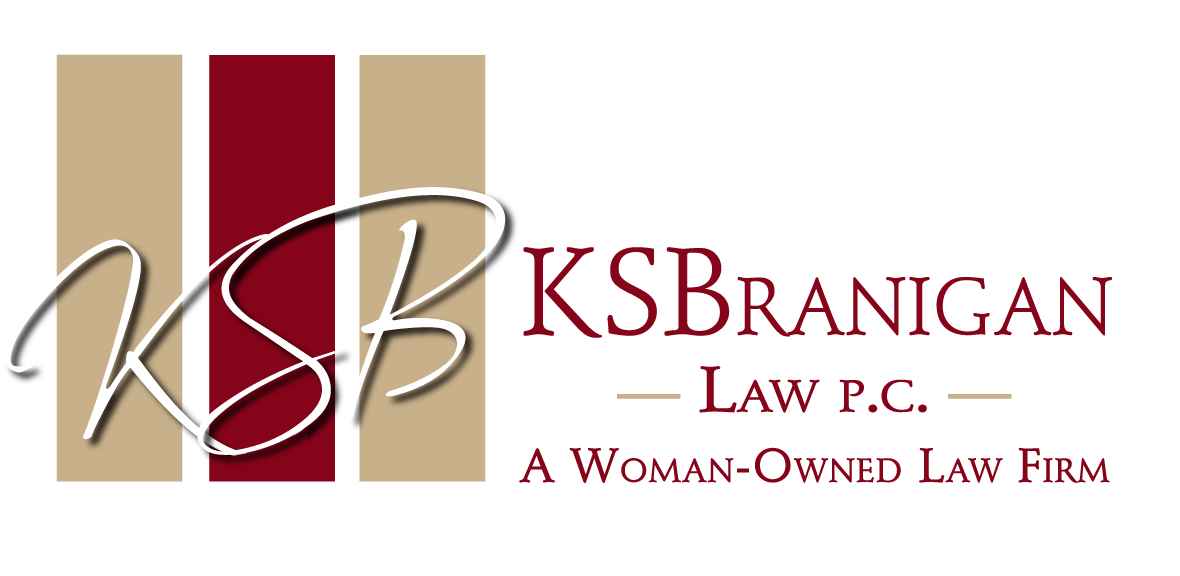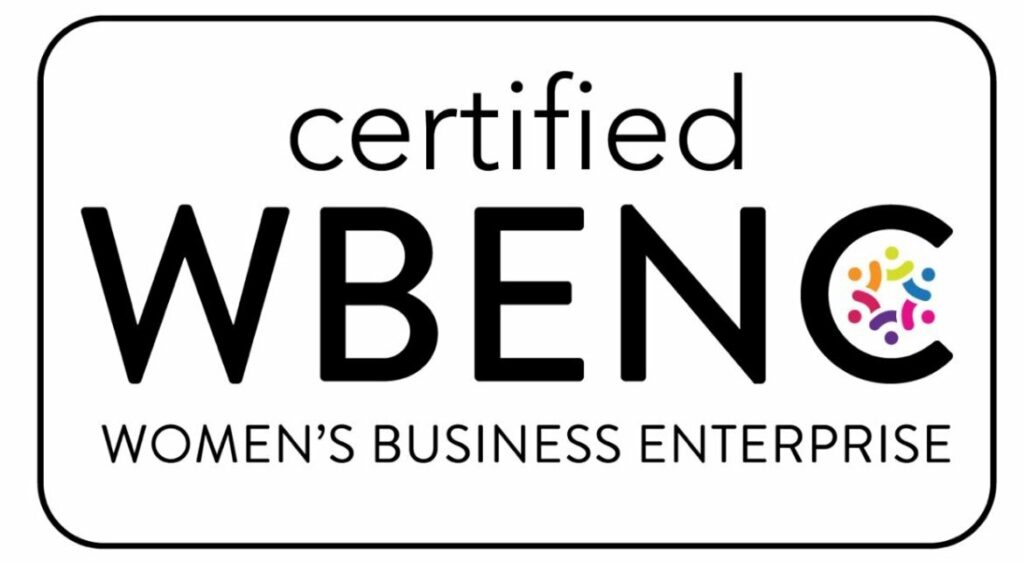The pendulum has swung again in favor of protecting employee rights as, on May 1, 2023, the National Labor Relations Board (“NLRB” or “Board”) issued a decision, Lion Elastomers LLC II, National Labor Relations Board, No. 16–CA–190681 (2023) overturning precedent General Motors LLC, 369 NLRB No. 127 (2020) which had previously made it easier for employers to discipline employees for speech or conduct that may be offensive, abusive, profane, or harassing while engaging in protected concerted activity.
Old Standard: General Motors
In General Motors, the NLRB favored employer rights and made it easier for employers to discipline employees for workplace speech or conduct as it held that it would no longer apply various setting-specific standards to determine whether employers have unlawfully disciplined or discharged employees who allegedly engaged in “abusive conduct” in connection with activity protected by Section 7 of the National Labor Relations Act (“NLRA”).
In General Motors, the Board explicitly had overruled:
-
The four-factor Atlantic Steel Co., 245 NLRB 814 (1979) test, which governed employees’ conduct towards management in the workplace and stated that in determining whether an employee’s outburst constituted protected concerted activity the Board considers: (1) the place of the discussion; (2) the subject matter of the discussion; (3) the nature of the employee’s outburst; and (4) whether the outburst was, in any way, provoked by an employer’s unfair labor practice. In Atlantic Steel , an employee was discharged for “unwarranted insubordination” after asking his supervisor about the assignment of overtime and referring to the supervisor as a “lying son of a bitch.” The NLRB upheld the Administrative Law Judge’s decision finding that the employee’s comments were made in relation to overtime hours which was a condition of employment – and, as such, constituted protected concerted activity. However, the NLRB cautioned that impulsive outbursts during the heat of a grievance proceeding or contract negotiations may not be per se protected as workers who engaged in protected concerted activity can, by “opprobrious conduct,” lose the protection of the NLRA.
-
Pier Sixty, LLC, 362 NLRB 505, 506-508 (2015) which evaluated social-media posts and communications among employees in the workplace under a totality of the circumstances test without reference to any particular factors, resulted in the Board finding that a profanity laden Facebook post was protected. Specifically, the NLRB found that a Facebook post stating that a manager “is such a NASTY F*&%er don’t know how to talk to people!!!!!! F*&% his mother and his entire f&*% family!!!! What a LOSER!!!! Vote YES for the UNION!!!!!!” was protected.
-
The Clear Pine Mouldings, Inc. 268 NLRB 1044, 1046 (1984) standard which governed picket line conduct and held that employees did not lose the NLRA’s protection if they made purely verbal threats on the picket line, unaccompanied by physical acts or gestures. In Clear Pine Mouldings, one employee made numerous verbal threats to coworkers while another employee carried a club on the picket line and beat on the vehicles of nonstrikers crossing the picket line as well as threatened to kill a nonstriker. Thus, the NLRB held that while picketing was explicitly protected by the NLRA, here the behavior was not protected as it was violent, coercive, and intimidating towards other employees with respect to their Section 7 right to refrain from striking and engaging in protected activities.
The General Motors Board concluded that, regardless of the setting involved, the fundamental issue in cases involving “abusive conduct,” even while engaging in Section 7 activity, is not the nature of the employee’s conduct, but rather the motive of the employer in taking adverse action against the employee. General Motors declared that all such cases must be analyzed under the Wright Line burden-shifting framework, which typically governs “dual motive” cases where the General Counsel alleges that discipline or discharge was motivated by the employer’s animus toward Section 7 activity, while the employer contends that it was motivated by a legitimate business reason. See Wright Line, 251 NLRB 1083 (1980), enfd., 662 F.2d 889 (1st Cir. 1981), cert. denied, 455 U.S. 1989 (1982). The General Motors Board decided to apply the Wright Line standard retroactively to all pending “abusive conduct” cases.
The standard adopted in General Motors removed consideration of such critical factors as whether the alleged misconduct occurred in the course of protected activity; the nature and severity of the alleged misconduct; the place of the alleged misconduct and whether it was witnessed by other employees or customers; and whether the alleged misconduct was provoked by the employer’s unfair labor practices. Additionally, General Motors does not permit consideration of whether the alleged misconduct took place in the context of the give and take of collective-bargaining or grievance adjustment.
New Standard: Lion Elastomers
In overruling Generals Motors, the Board affirmed its prior decision, Lion Elastomers LLC, 369 NLRB No. 88 (2020). There, the Board found that the employer violated the NLRA by threatening, disciplining, and ultimately discharging an employee for engaging in protected activity. The employee had raised concerns about working conditions at a safety meeting. Specifically, the employee, an elected union representative, made protected complaints relating to mandatory overtime hours as well as heat and safety. However, during this meeting, the employee also spoke persistently and argumentatively, and made a brusque, impolite statement to an employee who was leaving the meeting, saying that he should “just go ahead and leave” because he was not needed. He also told the safety and security manager that he was not doing his job when he refused to provide him with the paperwork related to the new overtime policy. In reaching this conclusion, the Board adopted the application of the above-referenced four-factor test set forth in Atlantic Steel.
The NLRB admonished that “the motive-focused Wright Line standard utterly fails to serve the policies of the Act in the distinct context of misconduct committed during protected activity. It gives too little weight to employees’ statutory rights and too much weight to employers’ interests. Indeed, applying Wright Line effectively permits employers engaged in a labor dispute to determine the scope of their employees’ statutorily protected activity in negotiating a contract, pursuing a grievance, walking the picket line, or discussing workplace issues with coworkers—settings outside the realm of ordinary managerial prerogatives. This approach abdicates the Board’s statutory role in protecting Section 7 rights.”
Further, the Board reasoned that the purpose of the NLRA was to address the inequality of bargaining power between employers and employees. To achieve this end, the NLRB protects collective bargaining and the right of workers to exercise the freedom of association, self-organization, and designation of union representatives to negotiate terms and conditions of their employment or for other mutual aid or protection.
The Board further highlighted that to permit employers to discipline or discharge employees for relatively minor misconduct in the course of collective bargaining or grievance adjustment interferes with the purposes of the NLRA. Thus, an employer’s ordinary prerogatives over discipline and discharge do not extend to dealings between the employer and employees when employees act as union representatives. In order for collective bargaining to succeed, employee-union representatives must “be treated on a plane of equality” with their management counterparts and “challenge the statements of management representatives without fear of discipline or retaliation.”
Thus, conduct occurring during the course of protected activity must be evaluated as part of that activity—not as if it occurred separately from it and in the ordinary workplace context in order to ensure the policy goals of the NLRA and guarantee employee rights under the NLRA whether an employee is participating in contract negotiations, attending grievance meetings, walking a picket line as strikers, or discussing workplace issues with coworkers.
Takeaways
Given the NLRB’s reversal of precedent and the restoration of previous standards to evaluate abusive conduct, employers should be cautious in disciplining, threatening to discipline, or terminating employees engage who engaged in certain conduct, while exercising Section 7 protected rights and evaluate conduct on a case-by-case basis as this is a fact sensitive analysis. This can include not only picket line conduct, but also workplace discussions and social media activity.
An employer must consider the context and circumstances surrounding the conduct before taking any disciplinary action and take into account all relevant factors including the severity of the language used, the location of the conduct, and the audience for the conduct in considering whether the conduct is protected.
Employers should ensure that their workplace policies, procedures, and rules comply with this ruling, that management is trained to not run afoul of these prohibitions, and seek legal counsel prior to taking action.
This summary is for informational purposes only and is not intended to constitute legal advice. This information should not be reused without permission.


